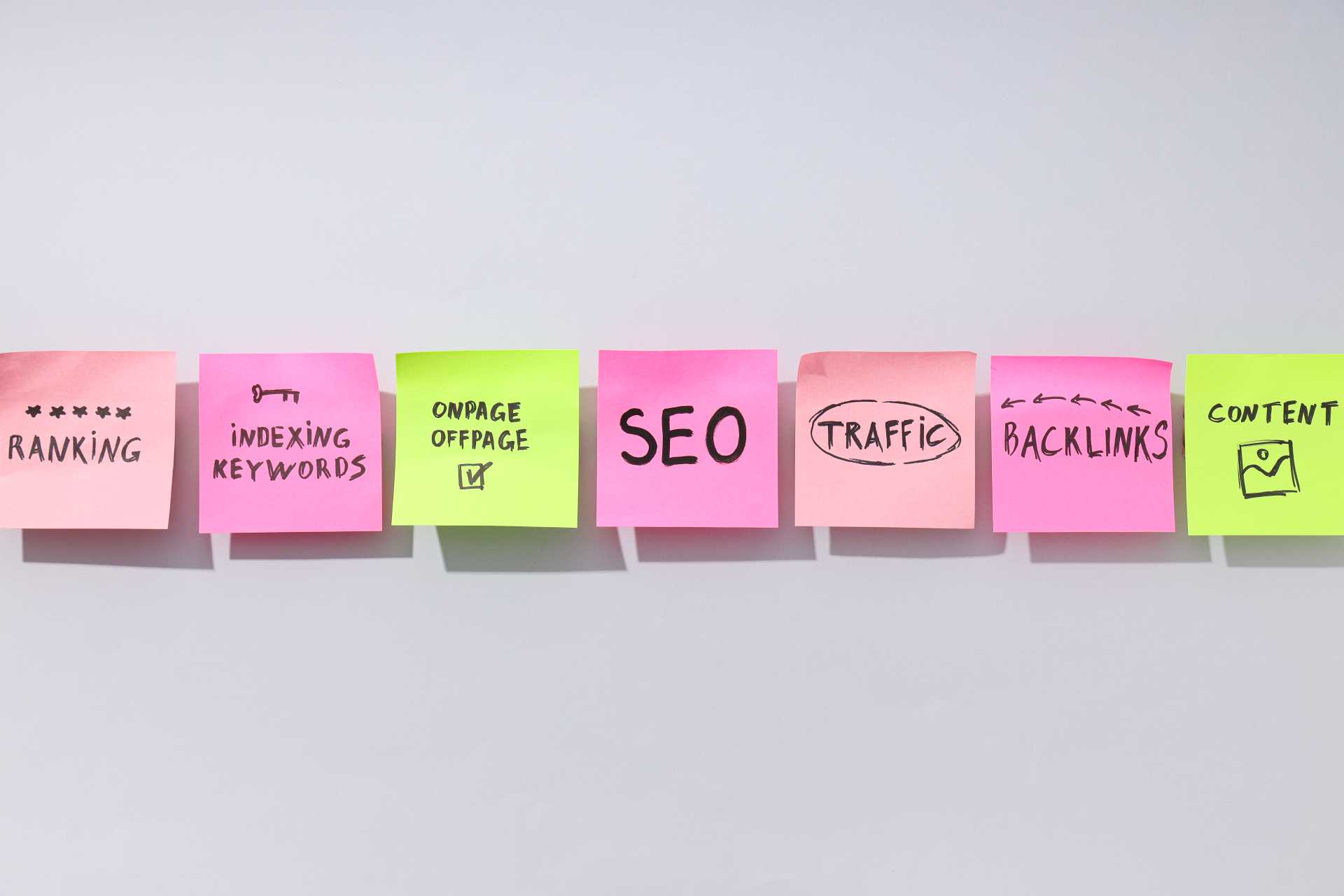The New SEO Reality: Ranking Drops, AI Overviews & How to Adapt
Why Your Google Rankings Dropped (And What to Do About It in the Age of AI Search)
Waking up to a sudden drop in your Google rankings can feel like a gut punch, especially when you haven’t changed a thing on your website. But in 2025, it’s no longer just about content and links. Google’s AI-driven features, evolving algorithms, and user behaviour shifts are rewriting the SEO rulebook.
This guide breaks down the most common (and overlooked) reasons your rankings might drop, including new AI search threats, and gives you actionable fixes for each.
AI Is Changing the Game (Even If Your Rankings Didn’t Drop)
Before we dive into the technical aspects, here’s a hard truth: you can lose traffic without losing rankings.
Why? Because of Google AI Overviews, those rich, generative answer boxes that now appear for 40–60% of informational searches. If your site isn’t featured (or cited), users may get what they need directly from the AI, bypassing your site altogether.
How to Survive AI-Driven Search:
- Use AI-friendly formatting: Clear headings, bullet points, concise answers.
- Include FAQ sections: Structured data + schema markup = better chance of being cited.
- Expand topical depth: Cover related queries and subtopics to show authority.
- Strengthen internal linking: Build topic clusters that reinforce your niche expertise.
- Track AI visibility: Tools like GSC and third-party SERP monitors can help you see if your content is appearing in AI Overviews.
Tip: Begin thinking in terms of Answer Engine Optimisation (AEO) and Generative Engine Optimisation (GEO)—not just traditional SEO.
On-Page SEO Issues That Can Tank Your Rankings
1. Your Content Quality Isn’t Cutting It
Search engines are better than ever at detecting thin, generic, or duplicate content.
Fix:
- Audit for duplicate content or cannibalised pages
- Avoid keyword stuffing – write for humans, not bots
- Regularly update outdated pages to keep content fresh and accurate
Google favours expert, original content, especially in a world where AI can summarise surface-level pages in seconds.
2. Poor User Experience (UX)
Google wants users to land on helpful, easy-to-navigate pages. Poor UX = poor rankings. High bounce rates, low time-on-page, and weak engagement metrics can all be giveaways.
Fix:
- Improve readability, layout, and navigation
- Add multimedia: videos, infographics, images (with alt text)
- Use clear CTAs and internal links to reduce bounce
3. Meta Tags Are Missing or Messed Up
Meta titles and descriptions aren’t just for aesthetics, they influence click-through rates and context.
Fix:
- Write unique, keyword-rich meta titles/descriptions per page
- Ensure technical tags (robots, canonical, hreflang) are properly configured
4. Poor URL Structure
Non-descriptive or dynamic URLs can confuse both users and search engines.
Fix:
- Stick to lowercase and use hyphens (-) not underscores (_)
- Use descriptive, keyword-friendly URLs
- Avoid long query strings and dynamic parameters
5. Intrusive Ads Damaging UX
Over-aggressive ads, especially popups on mobile, can harm rankings.
Fix:
- Monitor bounce rates and session times for impact
- Review ad placement on mobile and desktop
- Ensure ads don’t block core content or navigation
Off-Page & Link-Related SEO Issues
1. Toxic or Manipulative Backlinks
Spammy, irrelevant, or over-optimised link building can backfire – fast.
Fix:
- Disavow toxic domains via Google Search Console
- Diversify anchor text – no exact-match stuffing
- Focus on earning backlinks from authoritative, relevant sites
Backlinks also influence AI Overviews visibility. Trusted sources are more likely to be cited.
2. You Lost High-Value Backlinks
If key pages lost inbound links, your authority may have dropped with them.
Fix:
- Launch fresh link-building campaigns to offset the loss
- Reclaim lost links by reaching out to site owners
- Update and upgrade content that previously earned links
Technical SEO Problems That Hurt Rankings
1. Site Speed & Mobile Responsiveness Issues
Google’s Core Web Vitals are a ranking factor. Slow or clunky sites will struggle.
Fix:
- Implement CDN for faster global delivery
- Compress images and enable browser caching
- Minify CSS/JS/HTML files
- Use responsive design and test on all devices
2. Redirects and Canonical Issues
Redirect chains or incorrect canonical tags dilute SEO value.
Fix:
- Set canonical tags to the preferred version of each page
- Use 301s for permanent redirects
- Eliminate redirect loops or chains
3. Indexing Issues
If pages aren’t indexed, they won’t appear, no matter how great the content is.
Fix:
- Fix 404 errors and ensure clean internal linking
- Check robots.txt and noindex tags
- Review crawl and index coverage in Google Search Console (GSC)
4. Incorrect or Missing Schema Markup
Schema helps your content appear as rich results (FAQs, reviews, etc.) and increases citation potential in AI Overviews.
Fix:
- Focus on FAQs, How-To, Product, and Article schema types
- Use tools like Schema.org and Google’s Structured Data Markup Helper
- Validate markup with Google’s Rich Results Test
5. Your Site Isn’t Secure
HTTP > HTTPS transition is a must. Google treats unsecured sites as untrustworthy.
Fix:
- Monitor for vulnerabilities, malware, or expired certificates
- Install an SSL certificate
- Redirect all HTTP URLs to HTTPS
Algorithm, Market & External Shifts
1. Google Algorithm Update
Core updates can reshuffle rankings overnight, even for well-optimised sites.
Fix:
- Improve topical coverage and user intent alignment
- Check SEO news and forums (e.g., Search Engine Roundtable)
- Audit affected pages for content quality, relevance, E-E-A-T
2. AI Overviews Are Replacing Clicks
If you’re not being cited in AI summaries, your traffic can nosedive, even if your position is #1.
Fix:
- Monitor visibility using tools that track AI Overview placement
- Write “answer-first” content
- Include short, authoritative snippets AI can cite
- Add structured data + FAQs
3. Your Competitors Stepped Up Their Game
Even if you’re static, others aren’t.
Fix:
- Re-optimise regularly to stay competitive
- Benchmark top-performing pages from rivals
- Add depth, visuals, or fresher angles to your content
4. Search Trends Shifted
What users search for, and how, changes constantly.
Fix:
- Build seasonal and evergreen content to future-proof visibility
- Use Google Trends, forums, and social listening to spot shifts
- Update keywords and align content with current user intent
5. You’ve Been Hit with a Manual Penalty
Manual actions from Google are rare, but brutal.
Fix:
- Check Google Search Console for manual actions
- Identify and fix violations (spam, thin content, cloaking, etc.)
- Submit a reconsideration request after resolving all issues
Bonus: Don’t Neglect Local SEO Factors
- Ensure consistent Name, Address, Phone (NAP) details across all listings
- Optimise your Google Business Profile
- Respond to reviews, especially negative ones, with professionalism
Final Thoughts
SEO in 2025 isn’t just about rankings, it’s about visibility in traditional AND generative search.
To stay on top:
- Monitor both rankings and AI summary inclusion
- Build deep, high-quality content with strong UX
- Maintain a clean technical foundation
- Stay agile and informed
Contact us today for a comprehensive site analysis and action plan.





